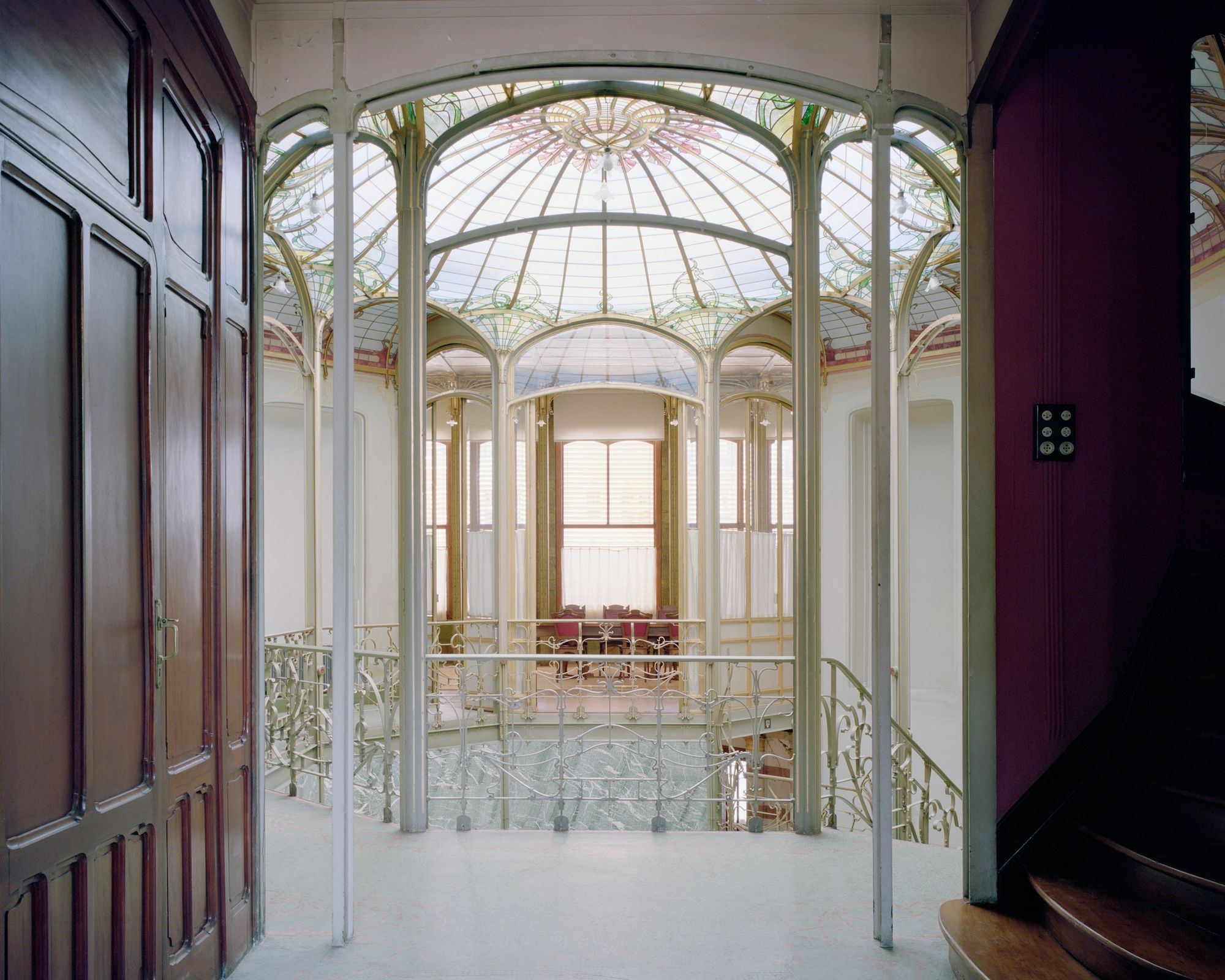DESIGN LEGENDS NOVEMBER 8 2022
by Daniella Ohad
Design doyenne Daniella Ohad recaps her weekly conversations with the legends of architecture
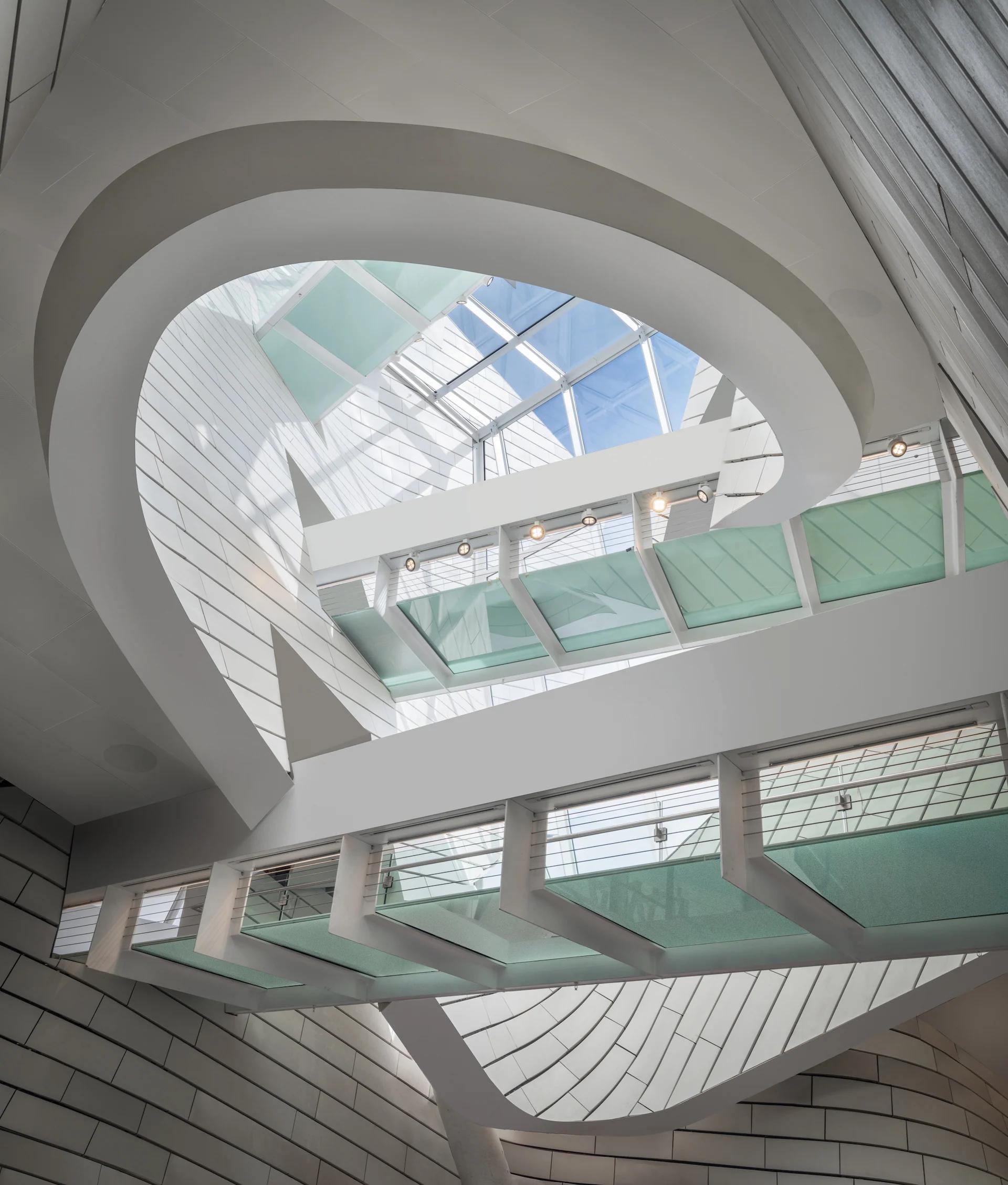
MORPHOSIS ARCHITECTS/ THE ORANGE COUNTY MUSEUM OF ART
Photo © Mike Kelley
Each week this fall,Daniella Ohad hostsArchitecture: The Legends, a virtual program presented in partnership with Christie’s Education, comprising one-on-one interviews with the world’s most admired architects. For the Design Miami/ Forum, Ohad shares highlights from each conversation. This week her subject is Thom Mayne.
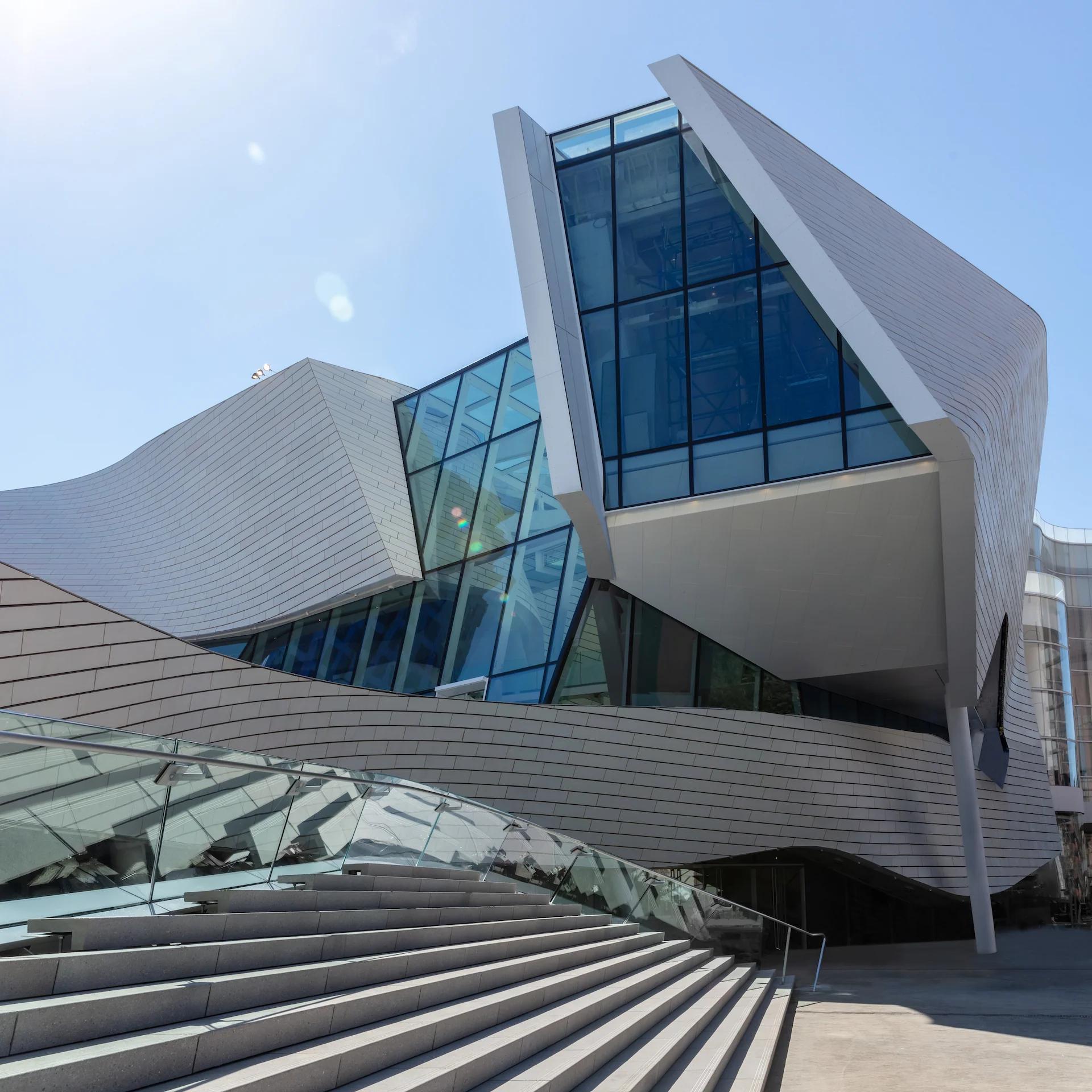
MORPHOSIS ARCHITECTS/ THE ORANGE COUNTY MUSEUM OF ART
Photo © Jasmine Park
Everything about Thom Mayne—his architecture, his favorite music, his heroes, his way of thinking—reveals his roots in the 1960s. Having come of age amid that transformative decade of political, cultural, and social experimentation, the LA-based co-founder of Morphosis Architects has built a life, both professional and personal, in pursuit of freedom, reform, and revolution; utterly untethered to convention, precedent, and nostalgia. “His work,” wrote legendary architecture critic Ada Louise Huxtable, who served on the jury that awarded Mayne the Pritzker Architecture Prize in 2005, “moves architecture from the 20th to the 21st century.” As my guest on last week’s Architecture: The Legends program, he shared his eternal fascination with radical innovation and the way that technology has shaped architecture and the world.
To Mayne, the practice of architecture in the 21st century is not simply about completing ambitious projects in the post millennial years. Rather it is born of the architect’s commitment to exploiting all available state-of-the-art tools—intellectual, conceptual, and technological—to move the zeitgeist forward. Known for rarely referencing the past, Mayne sees himself as an architect of the moment, one who harnesses the cutting-edge to reinterpret the present for the present.
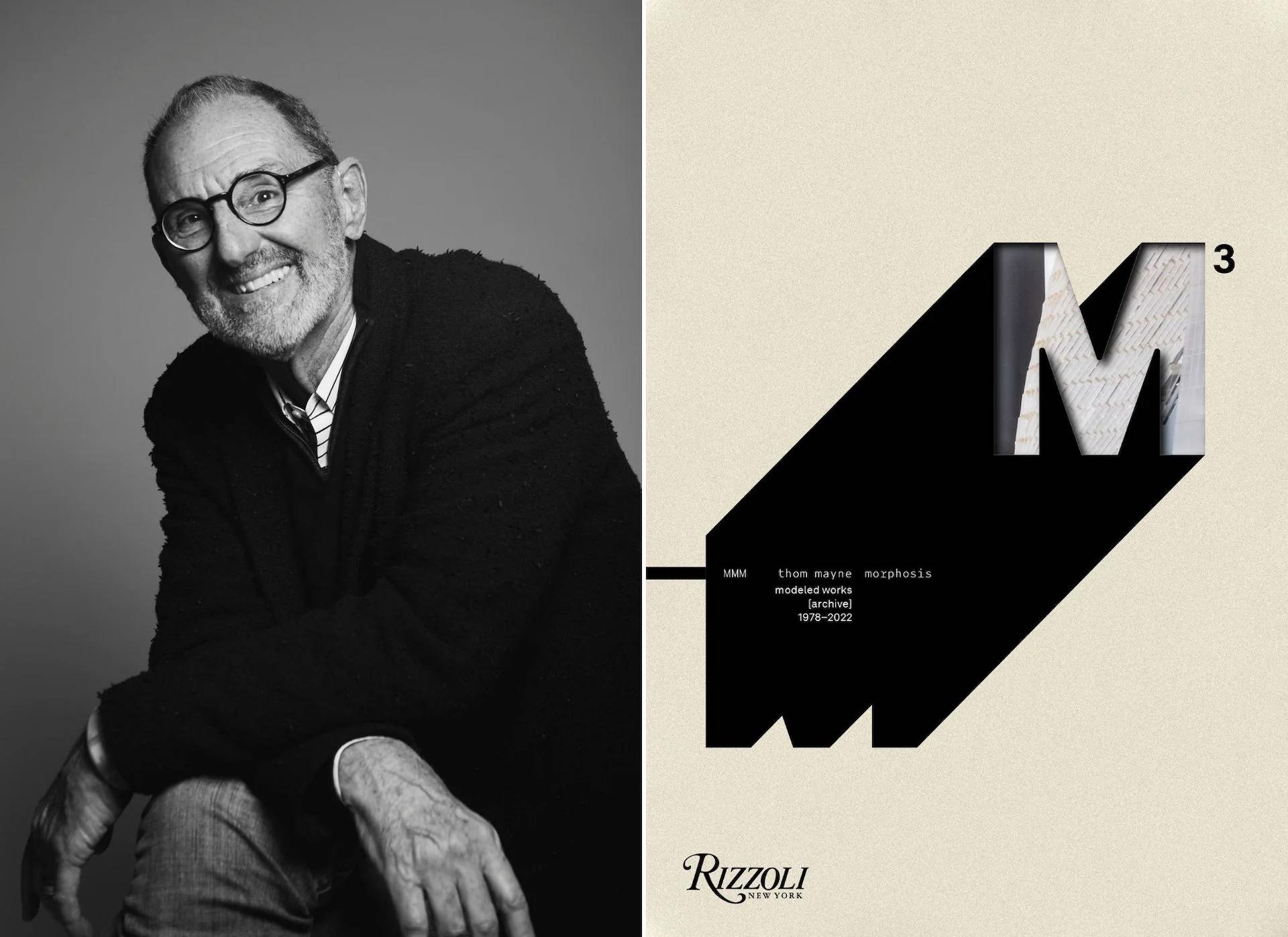
LEFT: THOM MAYNE | RIGHT: COVER OF M³: MODELED WORKS [ARCHIVE] 1972-2022, SCHEDULED FOR RELEASED DECEMBER 2022
Left: Photo © Michael Powers | Right: Photo © Rizzoli
Born in Connecticut, Mayne was raised in Southern California by his mother, a pianist, following his parents’ divorce when he was still quite young. While his father remained out of the picture, his mother set high expectations for her children to be ambitious, motivated, and successful, including pursuing Ivy League educations. Mayne opted to study architecture at USC as an undergraduate, but eventually fulfilled his mother’s dream by attending Harvard Graduate School of Design. Still, he told us, education is not what shaped him as an architect, but engagement with the work itself.
When he co-founded Morphosis Architects in 1972, Mayne modeled the practice on Italian radical design collectives like Superstudio and Archizoom, which proposed a more egalitarian, politically-oriented alternative to conventional, brand-driven design work. That notion of the collective enterprise still stands at the core of Morphosis today, with Mayne acting, in his words, as the “thought leader.” Over the decades, the firm’s projects have become increasingly complex, he said, and working as a team has become even more essential.

MORPHOSIS ARCHITECTS/ MODEL FOR THE NARA CONVENTION CENTER COMPETITION, 1991, FEATURED IN THE FORTHCOMING M³ MONOGRAPH
Photo © Jasmine Park
Morphosis has never chased purely commercial goals, which has allowed Mayne the privilege to work exclusively on projects that he believes in—an achievement he holds central to his identity. Having little interest in architecture that only services private clients, he seeks out opportunities to shape the environment for entire communities; to create buildings that express political, social, and intellectual points of view and inspire the public to think differently about their surroundings.
When asked about the influences most formative to his architectural practice, Mayne cited the pioneering, psychedelic music of Jimi Hendrix and the eccentric visual world of Federico Fellini, who famously exorcized cinematic conventions in the 1960s with his films that switch seamlessly between past and present, reality and dream. Mayne also noted American architect Lebbeus Woods’s “enormous talent,” praising his radical, experimental designs for bridging architecture, philosophy, and mathematics and reminding us to never stop exploring. He then commended British architect Sir Peter Cook, whom he called the “ambassador of architecture,” for bringing excitement to the profession.

MORPHOSIS ARCHITECTS/ THE ORANGE COUNTY MUSEUM OF ART
Photo © Mike Kelley
During our conversation, Mayne highlighted his most recent building, the Orange County Museum of Art (OCMA), for which his firm won the design competition back in 2007. Following unexpected delays, the museum opened this year to tremendous enthusiasm. Here, the fluid, sweeping facade blurs interior and exterior to draw the local community into the museum; notably admission is free for the first ten years. The white terracotta tile cladding—a material indigenous to Southern California that Mayne reinvented through digital fabrication—integrates with the landscape and glistens in the California sun. Recalling Rome’s Spanish Steps, the museum's grand outdoor stairs offer a 21st-century symbol of the power of the public spaces and invite the local community to sit, linger, and enjoy.
“Thom really understood that what we wanted in a building most of all is an invitation,” Heidi Zuckerman, OCMA Director, told me, “a beckoning to the entire community to come inside and experience what we have to offer. His brilliant hybrid indoor/outdoor design is prescient. It is airy and light, and art is visible everywhere. It really is a design for the 21st century representing the energy of the interaction with the public.”
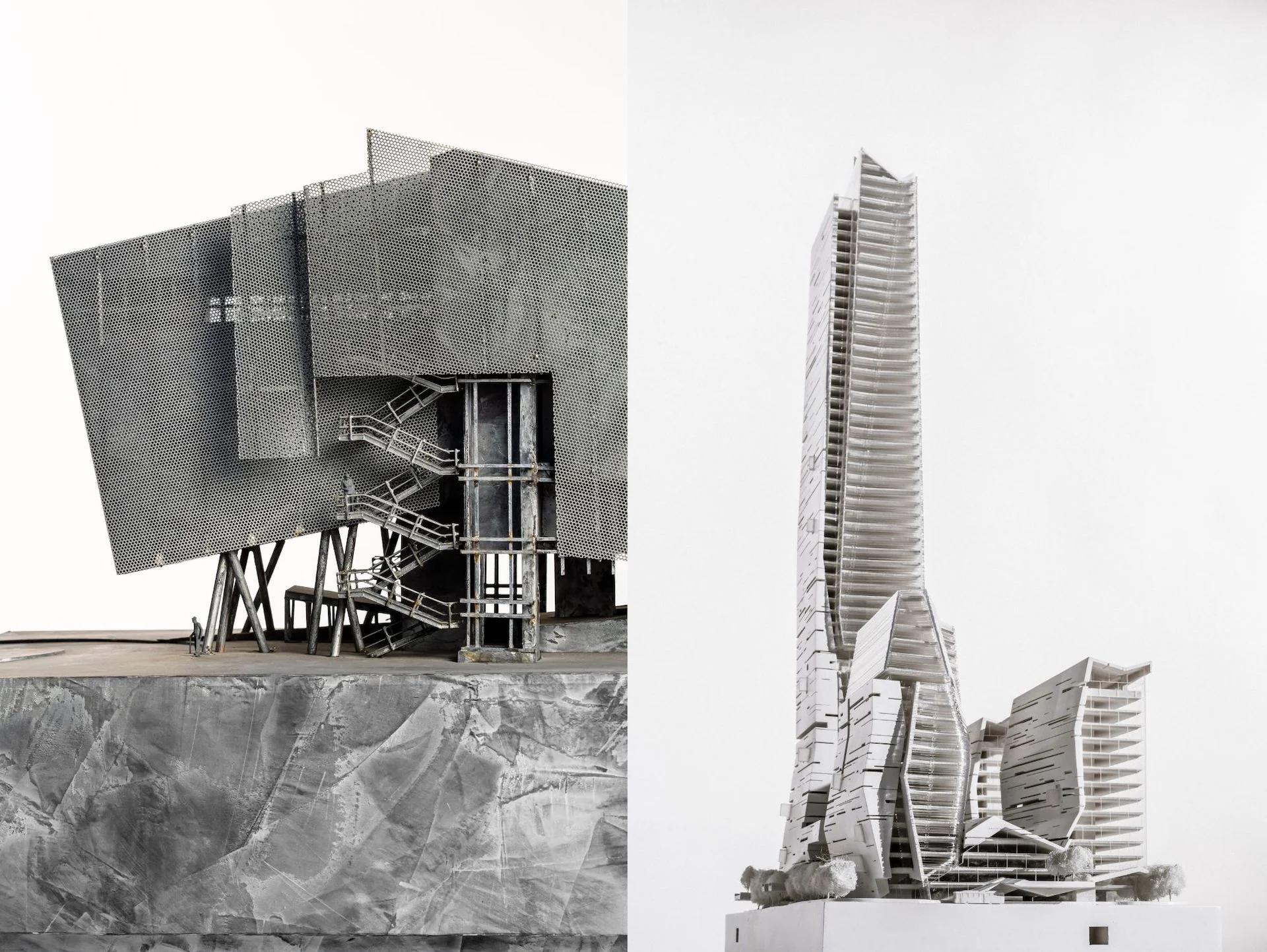
MODELS BY MORPHOSIS ARCHITECTS FEATURED IN THE FORTHCOMING M³ MONOGRAPH. LEFT: ROCKWELL COLLINS COMPETITION, 1998 | RIGHT: VANKE HEADQUARTERS, 2018
Right: Photos © Jasmine Park
In our conversation, I congratulated Mayne on M³: modeled works [archive] 1972-2022, the new monograph from Rizzoli, launching in January 2023. This unique publication celebrates Morphosis’ biography and philosophy through the lens of the firm’s extraordinary archive of models. Every building starts with a model, Mayne told us, and models are foundational to the development of architectural concepts and processes—capturing the complexity of the project, its evolution and aspirations. Reading through the book, the reader can see how that nature of model fabrication has changed over time, from the handmade art object it was last century to to the more high-tech and pragmatic representation of the actual building that it has become today.
Seeing himself as much an educator as a practitioner, Mayne recalled for us the special responsibility he felt while designing the Cooper Union, the historic private college for architecture, art, and engineering in New York City. As he saw it, the design for a building for a school that produces architects should inspire the next generation by demonstrating possibilities and encouraging creative thinking. And, like all of his buildings, it must engage with the local fabric, in this case the special texture of the East Village. Achieving what Mayne intended, the new Cooper Union does not reference the school’s original 19th-century building, known as the Foundation Building, but instead responds to the motion, idiosyncrasy, and diversity of the site in the present-day.

MORPHOSIS ARCHITECTS/ DIAMOND RANCH HIGH SCHOOL
Photo courtesy of Morphosis Architects
Mayne’s breakout project, according to critical consensus—his turning point from architectural theorist to major architectural voice of the 21st century—was another school, the Diamond Ranch High School in Pomona, California. Completed in 2000, the design demonstrated that public schools don’t have to be boring; they ought to be thoughtful, equitable, and progressive. This low-budget, steel-frame building, according to Mayne, gave him his first opportunity to show that architecture has the power to shape the world. It is where he was first allowed to fully voice his vision, resulting in a high-energy, socially-positive facility that blurs architecture and landscape and sparks interpersonal exchange. These features became Mayne’s signature.
While known for being uncompromising, determined, provocative, and unconventional, Mayne during last week’s talk embodied the singular spirit that has made his architecture so successful—personable, generous, gracious, and thoughtful. He showed us that innovation is at its best when it's firmly grounded in human values. ◆
You can attend live Architecture: The Legends webinars by registeringhere. The program runs through December, 2022.
You can pre-order Thom Mayne’s new monograph, M³: modeled works [archive] 1972-2022,here and through booksellers everywhere.


